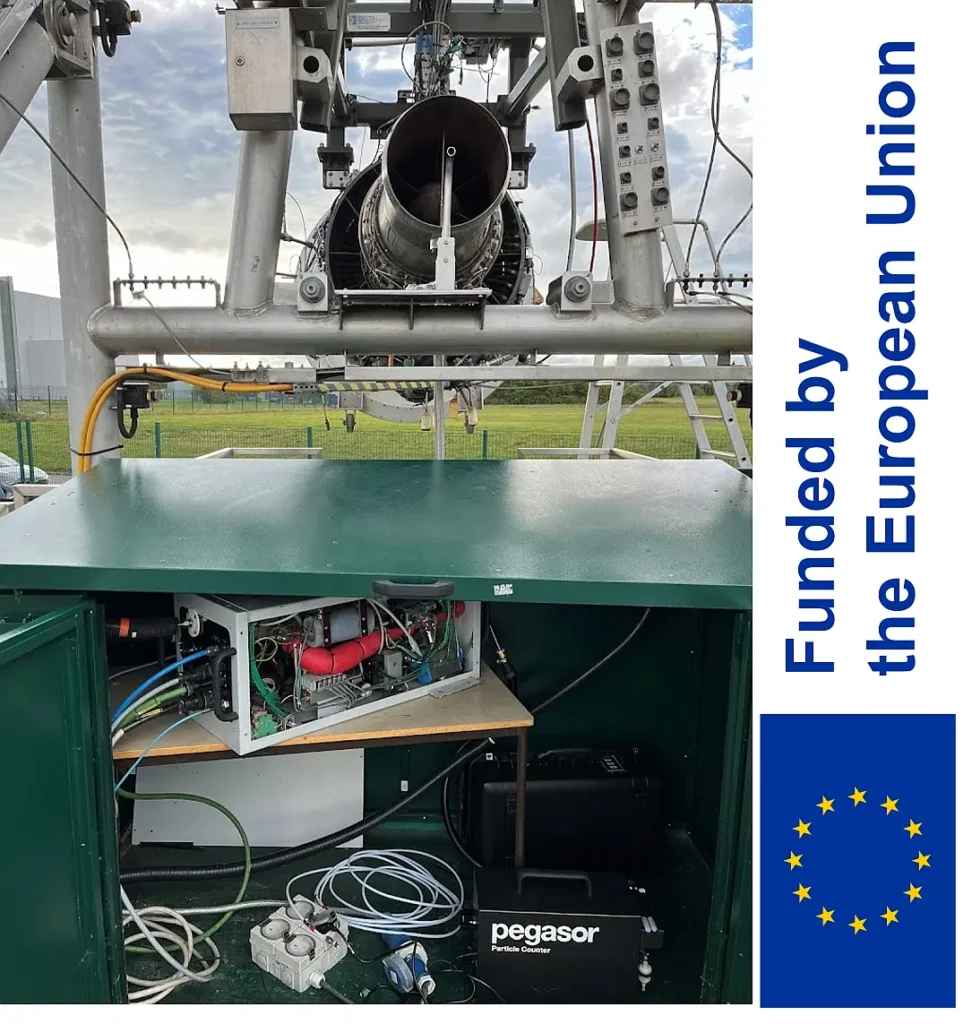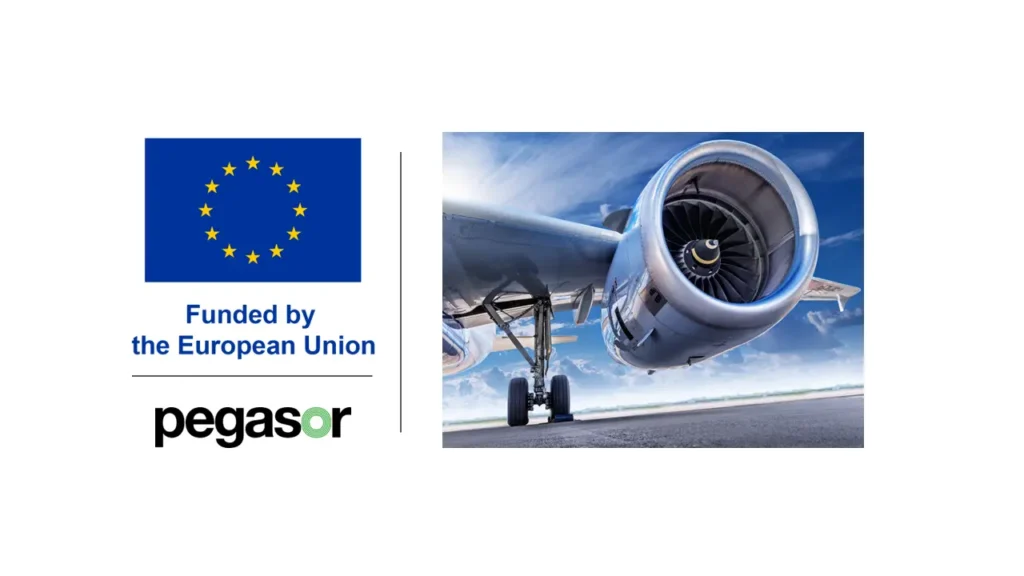Aviation emissions and UFP monitoring at airports
Airports are busy hubs of transportation — and major sources of ultrafine particles (UFPs). Emissions from aircraft engines, ground support equipment, and nearby traffic all contribute to elevated levels of air pollution, especially UFPs, which are small enough to penetrate deep into the lungs and affect cardiovascular and respiratory health. Monitoring these particles has become increasingly important, especially with the growing focus on local air quality and its health implications.
Why Monitor Ultrafine Particles in Airport Environments?
Recent studies have shown that areas around airports often experience high concentrations of UFPs. Unlike PM₁₀ and PM₂.₅, ultrafine particles are not yet routinely regulated — but that’s changing fast.
The new EU Ambient Air Quality Directive (2024/2881), along with updated WHO air quality guidelines, is pushing for more detailed measurement of indicators such as Particle Number Concentration (PN) of ultrafine particles. Additionally, Lung Deposited Surface Area (LDSA) of ultrafine particles has been found to be linked to health effects of particulate pollution. Monitoring these metrics may provide a clearer picture of exposure risks, especially for airport workers and nearby communities.
Pegasor Solutions for Aviation Emission Monitoring
At Pegasor, we’ve developed monitoring technologies designed specifically for real-time UFP measurement, even in challenging environments like airports and direct aircraft engine emission measurements.
✅ Pegasor Airam
A compact, connected instrument ideal for continuous ultrafine particle monitoring at ground level, runways, and fence-line locations. Airam measures:
- Particle Number and LDSA concentrations, and particle size
- Real-time data, accessible through the Pegasor Cloud Portal
- Supports regulatory compliance and air quality management
Learn more about Pegasor Airam
✅ Pegasor PPS-G2
Our highly adaptable sensor used in:
- Aircraft engine-out emission measurement
- Mobile labs and research projects
- OEM integration for portable and laboratory systems
- Integration into existing air quality monitoring solutions
Picture shows PPC Pegasor Particle Counter used in a measurement campaing funded under a UK NERC programme called GRIM-SAF, which afforded a collaborative testing opportunity for the UNIC PROJECT (EU-funded).

Applications in Airport Air Quality Monitoring
Pegasor solutions are trusted in airport-related applications, including:
- Fence-line and perimeter monitoring
- Research on aircraft engine emissions
- Worker exposure studies
- Evaluation of air quality mitigation efforts
Our instruments are built to handle tough environmental conditions, providing reliable, real-time data where it matters most.
With increasing attention to aviation-related air pollution, it’s essential to have tools that deliver the data needed for:
- Health risk assessments
- Air quality compliance
- Environmental impact reports
- Scientific research and airport sustainability planning
Pegasor’s instruments are already used in ongoing EU projects and field studies aimed at supporting cleaner skies and healthier communities.
Read more about UFP monitoring
Pegasor in the UNIC Project: Advancing Aviation Emissions Research
Pegasor is a proud technology partner in the EU-funded UNIC project (Understanding Non-CO₂ Impact for deCarbonized Aviation), a multi-stakeholder initiative aimed at improving the measurement, modeling, and understanding of aviation’s non-CO₂ emissions, including nitrogen oxides and particulate matter.
In this project, Pegasor brings its expertise in real-time particulate matter (PM) sensing, playing a key role in advancing emission measurement technologies. Our unique technology, based on patented escaping current measurement principles, provides a highly robust and stable measurement signal, multiple output signals, extensive self-diagnostics, and an exceptionally long maintenance interval.

This technology is utilized for measuring emissions directly from aircraft engines and related sources, contributing to the development of effective emission reduction strategies and supporting the transition toward greener aviation.
Read more about our role in UNIC
Contact us
For more information or to discuss how Pegasor can assist with your emission or air quality monitoring needs, please reach out to us directly.
Contact us | Explore our full product range
Downloads
Pegasor – solutions for UFP monitoring at airports
More information:
European Union (EU):
- EU’s air quality standards and policies: EU Air Quality Standards
- EU Air Quality Directive 2024/2881
- European Environment Agency’s reports: EEA Reports
United States Environmental Protection Agency (EPA) – Aircraft Emissions:
The EPA discusses the environmental and health impacts of aircraft emissions, including particulate matter. This page covers the regulations and research focused on mitigating these impacts.
EPA – Aircraft Emissions
European Aviation Safety Agency (EASA) – Environmental Protection:
EASA covers the impact of aviation on the environment, including issues related to ultrafine particles and other emissions.
EASA – Environmental Protection
World Health Organization (WHO) – Air quality and health:
The WHO provides comprehensive information on air quality, including the effects of particulate matter such as UFPs on health..
WHO – Ambient (outdoor) air pollution
CE Delft:
